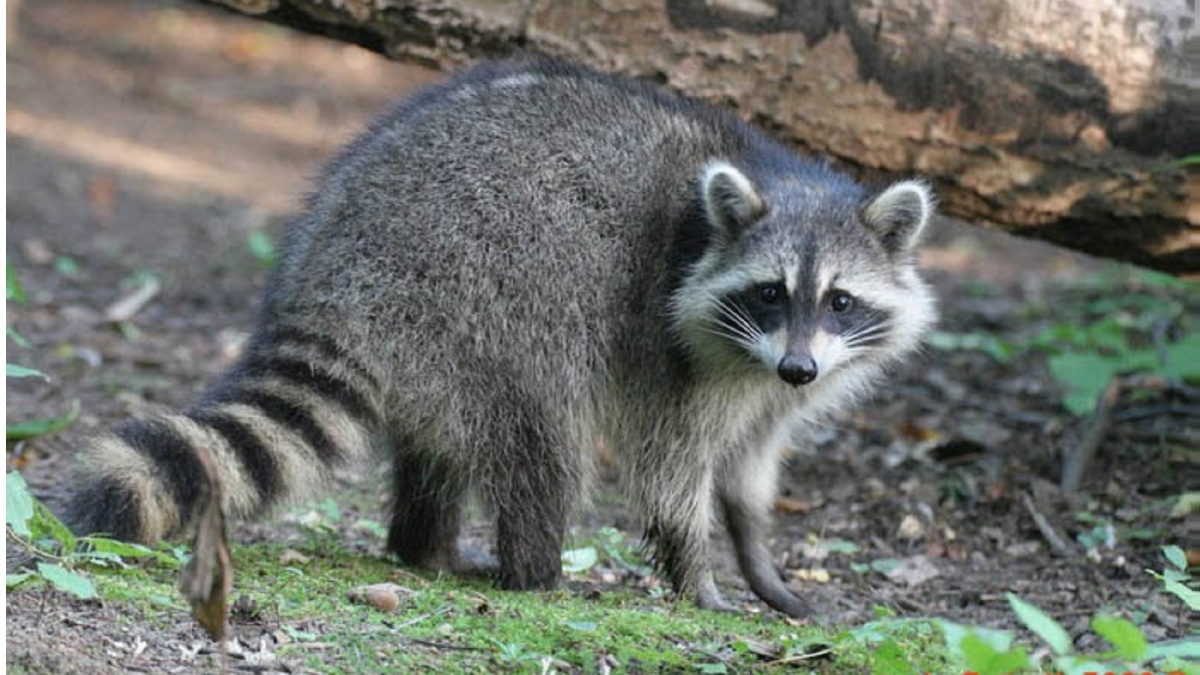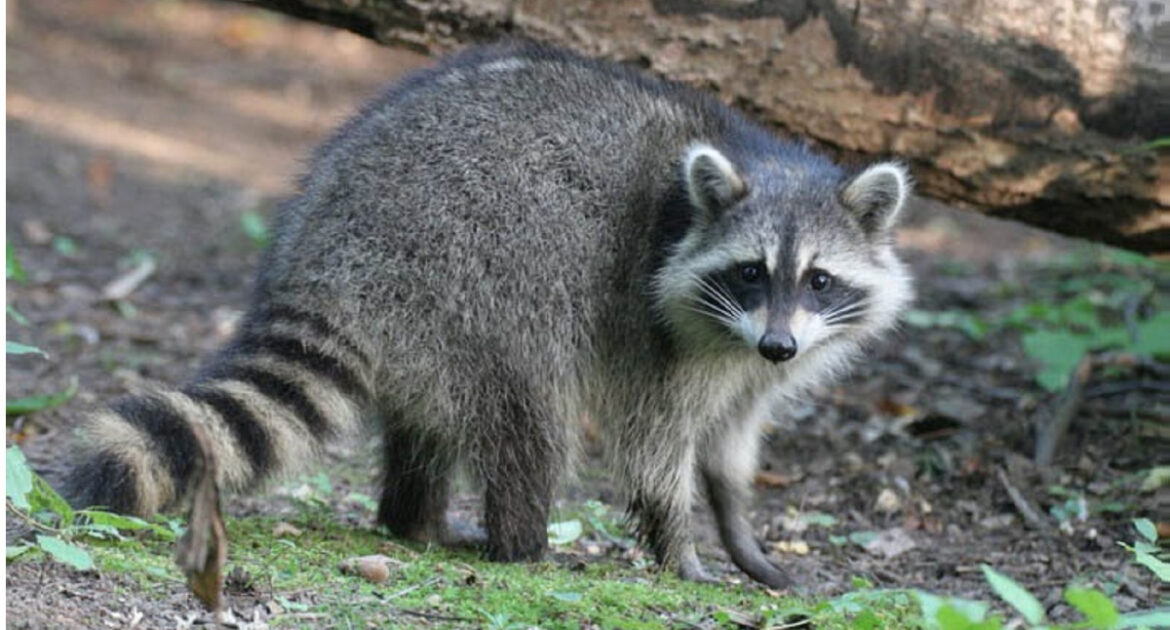Watching wildlife can be one of life’s great pleasures. As people often spend the majority of their days indoors, those spent outside can revitalize the spirit and bring us back in touch with nature. It is important, however, to make sure that the experience of observing wildlife is mutually beneficial. Humans are often unaware of their effects on common wildlife species, and many residents are unsure when to call wildlife control services. Here’s a simple guide for dealing with wildlife in natural areas.
Watching Wildlife Ethically
Although urban habitats are home to innumerable species, viewing wild animals in their original habitats can be a far more rewarding experience than simply gazing out of your window. Further, many common methods humans use for luring wildlife onto their properties can cause more problems than they solve.
Hosting bird feeders or other unnatural food sources can attract species other than the ones you want in your yard. Raccoons, skunks, and other urban omnivores are often happy to take advantage of the free calories you supply them by leaving food on your property. Although these species are usually harmless to people, attracting them with food can lead them to breaches in your property, where they may take up long-term residence. Removing large animals from your home can be more expensive and difficult than, for example, marmot or squirrel removal, so it is always best to avoid feeding on your property.

Where To View Wildlife
The best places to view wildlife are parks and designated natural areas. These areas are usually home to the largest wildlife populations, and they offer opportunities to view a broad range of species. Squirrels and birds are often the easiest animals to spot, but parks are full of other, rarer species like foxes and groundhogs.
Unlike most humans, animals spend virtually their entire lives looking for food and avoiding predators. This is why the best places to find wild animals are areas between landscape types, such as the boundaries of forests and fields. Animals use these delineations to venture out to find food. When danger arises, they often quickly retreat to safer areas.
When wildlife watching, you should always keep sufficient distance to avoid spooking animals. When you find yourself in an enclosed area, be careful not to corner frightened animals. Even the most placid species can lash out if intimidated unnecessarily. Since open areas offer longer viewing distances than enclosed forests, you can often find elusive creatures at the boundary of a field without causing them unnecessary consternation.
Rivers, ponds, and other aquatic habitats are also excellent places to view many animals, as all animals depend on water to survive. When watching ducks or other birds in waterways, never feed them bread or other processed products. Processed carbohydrates can gum up avian intestines, resulting in serious long-term problems.
Small Mammal and Bird Removal
Animals do not recognize the same property boundaries as people do. As a homeowner, you should understand what animal behaviour is safe and what isn’t. The mere presence of a fox or coyote on your property during the day isn’t a cause for alarm. An entrenched colony of bats or birds in the walls of your home is.
You should never try to handle an entrenched animal intrusion on your own. An experienced professional can remove animals humanely and exclude future visitors from your property indefinitely. For experienced and ethical wildlife removal professionals, call Skedaddle Humane Wildlife Control today.




